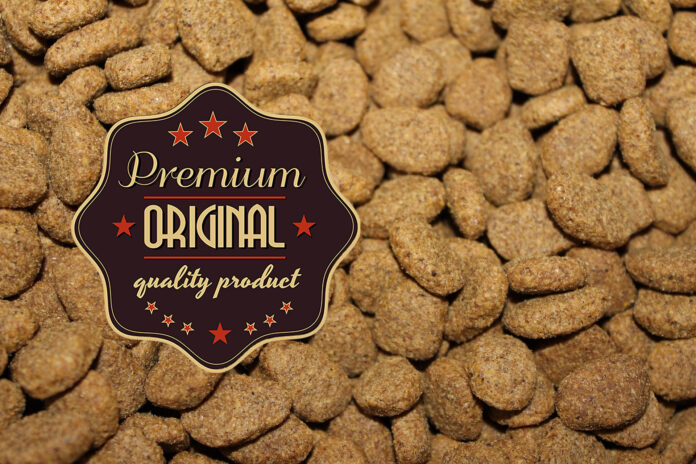The Reality Behind Premium Pet Food Labels: What You Need to Know
As a pet owner, you may find yourself standing in the pet food aisle, surrounded by colorful bags of premium, super premium, and ultra-premium pet foods. The question arises: are these higher-priced options truly better for your furry friends, or are they simply a result of savvy marketing tactics? In this article, we will explore what constitutes “premium” pet food, the psychological factors at play, and how to make informed choices for your pet’s nutrition.
Understanding ‘Premiumization’ in the Pet Food Industry
The term “premiumization” originated within the alcohol industry but has since permeated various sectors, including clothing, health and beauty, human foods, and pet products. It enables manufacturers to leverage consumer desires for luxury goods by presenting products as offering exceptional value at a higher price point.
- Premium products may be of higher quality or merely perceived as such.
- These products come with a steeper price tag, regardless of their true nutritional value.
The Psychology of Price: A Study on Perception
A 2007 study by the California Institute of Technology and Stanford University uncovered how pricing influences our perception of quality. Volunteers participated in a wine tasting while undergoing MRI scans. The results showed:
- Participants believed the more expensive wine tasted better than the cheaper alternatives.
- MRI scans indicated heightened brain activity in areas associated with pleasure when they consumed the higher-priced wine.
This study highlights a significant point: while our pets are not influenced by price, pet owners often are, impacting their purchasing decisions in the pet food market.
The Growing Market for Premium Pet Foods
The market for premium pet foods has experienced considerable growth. In 2001, premium pet food sales accounted for $5.7 billion of the $12.9 billion pet food market (44%). By 2015, this figure had risen to $14.5 billion out of a total of $23.7 billion (61%). However, does this trend correlate with improved pet health?
What Does ‘Premium’ Really Mean for Pet Nutrition?
The term “premium” is not regulated; it is primarily driven by marketing departments looking to justify higher prices. Although many of these products boast trendy ingredients like:
- Grain-free formulations
- Added fruits and vegetables
- Probiotics
- Meat as the first ingredient
The real question remains: do these features improve your pet’s health? Unfortunately, the answer is complex. All pet foods must meet certain nutritional adequacy standards, ensuring that they provide essential nutrients, but quality can vary significantly between manufacturers.
Evaluating Pet Food: Price vs. Quality
While higher-priced options may contain better digestibility and higher-quality ingredients, such as animal fats, proteins, and fish oil, this does not guarantee that they are the best choice for your pet. Often, less expensive options may outperform premium brands due to better manufacturing knowledge, practices, and testing.
- It’s essential to prioritize company reputation over fancy ingredient lists.
- Many emotive factors influence consumer choices rather than solid nutritional evidence.
Key Considerations in Choosing Pet Food
Ultimately, when selecting pet food, consider the following guidelines:
- Set a realistic budget before browsing options.
- Search for the best food quality within your budget, without letting marketing sway you.
- Investigate the reputation of the food manufacturer and their commitment to quality control.
In conclusion, the allure of premium pet food may not always translate to superior health benefits for your pets. By focusing on value and quality rather than marketing tactics, you can make informed decisions that best suit both your pet’s health and your wallet. Happy feeding!











